| Genetics
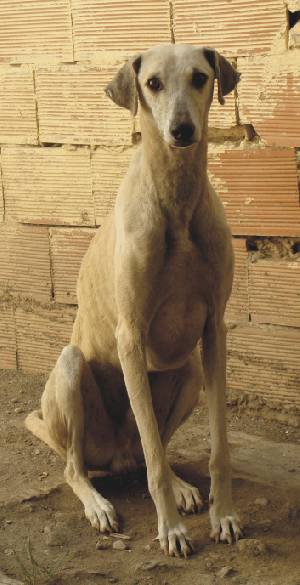 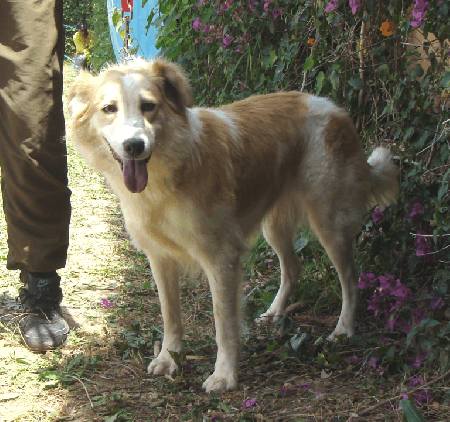 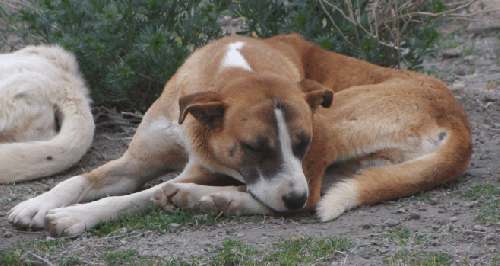
Left: Moroccan
Sloughi;
center: Moroccan Aidi, right: Tunisian village dog © de Caprona
2008
All
photographs copyrighted to their photographers. Please do not use for
any
purpose without asking.
Molecular
Structure of
Portuguese dogs and their relationship to Sloughi, and Aidi dog breeds
and Tunisian village dogs
Summary by Dr.
Dominique
de Caprona
© de Caprona
2009
This study
entitled "Molecular
structure in peripheral dog breeds: Portuguese native breeds as a case
study" by A. E. Pires* and collaborators is a follow-up of the
previous
study about the Mitochondrial
DNA of Portuguese dogs and their relationship to Sloughi, Aidi and
Tunisian
village dogs. The same breeds of dogs were characterized
using 16
microsatellites and 225 Amplified Fragment Length Polymorphism
(AFLP)markers
and their genetic differentiation was analyzed.
It is the first
time that
both microsatellites and AFLP markers are used together to compare
patterns
of genetic differentiation in Portuguese native dog breeds and other
geographically
neighboring breeds. The aim of the study was to analyze correlations
between
breed affiliation and molecular structure, phylogeographic structure
and
historical events, breeds and stray dogs of the same area, and to see
whether
breeds represent a distinct geographical distribution of alleles.
The use of AFLP
markers
in genetic studies of dog populations has been limited so far but they
offer a higher statistically discriminatory power particularly in cases
of weak differentiation.
Genetic
differentiation:
Microsatellites:
approximately 92% of the variation can be explained by individual
differences,
and no geographical structure was detected.
AFLP markers:
with
these
markers
the
Castro Laboreiro Watchdog, Portuguese Sheepdog, Portuguese
Water dog, Aidi and Sloughi were segregated from all other breeds.
Further
analysis differentiated these breeds from one another, and separated
them
in two groups, with the Castro Laboreiro Watchdog alone in its group.
For the remaining
dog populations,
the Estrela Mountain dog and Alentejo Shepherd dog clustered together,
independent of other dog populations in the study. Further structure
was
detected differentiating the Spanish Mastiff, the Portuguese Pointer
and
the Azores Cattle Dog from one another. The Portuguese Warren Hound,
Portuguese
stray dogs and Tunisian stray dogs remained undifferentiated.
Breed
Assignment:
Microsatellites:
The overall percentage of individuals assigned correctly to their breed
was 12 %. No individuals were classified within the Spanish Mastiff,
Portuguese
Pointer, Portuguese Sheepdog, Aidi, Sloughi and Tunisian village dogs.
Only the Transmontano Mastiff showed the highest percentage of
67%
correctly assigned individuals.
AFLP markers:
In
stark
contrast
to
the microsatellites, the AFLP markers showed a strong
percentage of correctly assigned individuals varying from 73.1 % to
93.9 %. All individuals were correctly assigned to their source
population
for the Spanish Mastiff, Portuguese Sheepdog, Portuguese Pointer,
Portuguese
Waterdog, Aidi and Tunisian village dogs. Percentage of individuals
correctly
assigned with AFLP ranged between 46.4 and 70 % for the Azores Cattle
Dog,
Portuguese Warren Dog, Sloughi and Portuguese stray dogs.
Genetic
Diversity:
Values of genetic
diversity
based on microsatellites and AFLP markers cannot be compared directly.
However the breeds did not rank in the same order using these markers.
Microsatellites reveal recent or ongoing demographic processes. AFLP
markers
with their lower evolutionary rate and polymorphism, may differ in
their
sensitivity to population bottlenecks and demographic recovery, and
retain
the signal of past genetic structure more effectively.
Fine-scale
population
genetic patterning:
The AFLP data
allowed
higher resolution among the Spanish Mastiff, Aidi and Sloughi.
There was no
evidence of
genetic differentiation between the Alentejo Shepherd Dog and Estrela
Mountain
Dog. The Estrela Mountain Dog is considered to be the ancestor of the
Alentejo
Shepherd Dog, and the two populations were in contact during
transhumance
in the past.
The
distinctiveness of the
Castro Laboreiro Watchdog found in the first
study is confirmed here with AFLP markers. However, surprisingly,
this
breed shows no private microsatellites.
Conclusion
AFLP markers
produced
a very high percentage of breed affiliation, much higher than the
microsatellites,
reinforcing the suitability of the AFLP markers for population
differentiation
and breed assignment studies.
AFLP markers also
allowed
a higher resolution of geographic genetic structure and detected
significant
genetic differentiation among the dogs of the regions of Portugal,
Spain
and North Africa.
Historically, the
iberian
Peninsula was closely connected to North Africa, mainly through the
centuries
long occupation by the Arabs and Berbers. This historical event
explains
the influence of North African mitochondrial DNA (mtDNA) in Iberian
people,
not detected elsewhere in Europe. During this occupation, animals from
Africa were probably introduced into Iberia also. In fact, admixture
based
on mtDNA and casein haplotypes was detected in bovines and Iberian
sheep.
An "African
print" of
African dogs in Portuguese dog breeds was not detected using mtDNA in
the first
study and the microsatellites and AFLP markers confirm this
previous
finding.
Aknowledgements
I thank A.E.Pires
for fine
tuning this text and all the photographers who provided pictures for
this
page.
References
Pires A.E., I.
R. Amorim,
C. Ginja, M. Gomes, I. Godinho, F. Simoes M. Oom, F. Petrucci-Fonseca,
J. Matos and M. W. Bruford (2009): "Molecular
structure
in
peripheral
dog breeds: Portuguese native breeds as a case
study." International Society for Animal Genetics, Animal Genetics,
doi:10.1111/j.1365-2052.2009.01849.x
The Portuguese
and Spanish
breeds in the study
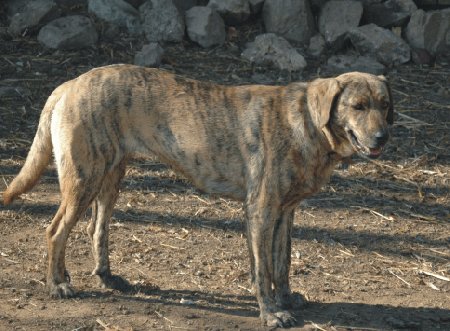 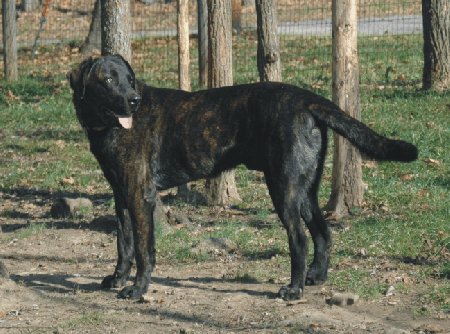
Castro Laboreiro
Watchdog,
rarest variety left © Sunhearth Trails, USA.
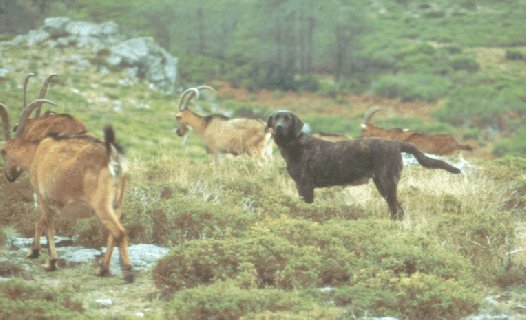
Castro Laboreiro
with goats
in Portugal © Carla Cruz, Portugal
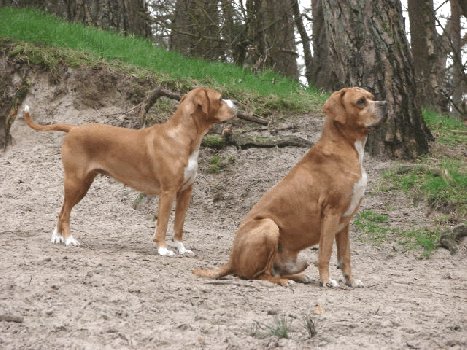 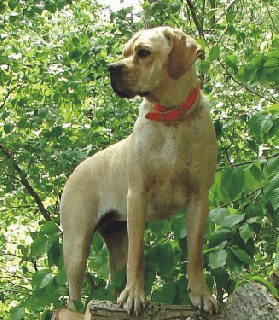
Perdigueiro
Português
(Portuguese Pointer) ©
Lilian Zuurendonk, Netherlands & © DaSilva, Green Falls
Hollow,
USA
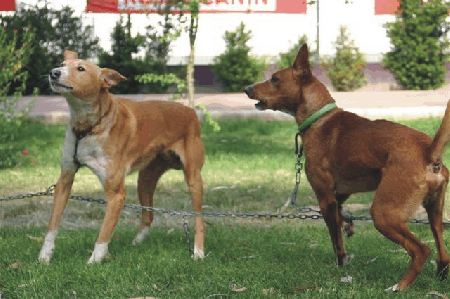 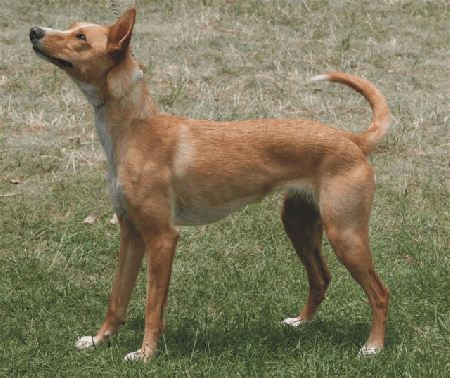 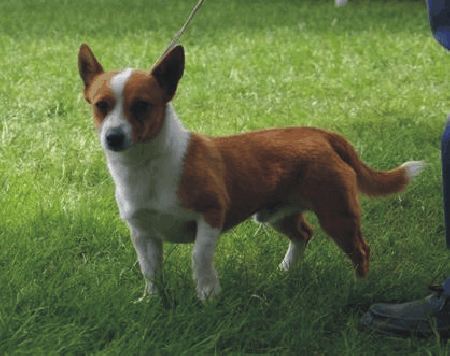
Podengo
Português
grande (left), medio (center) and pequeno (right) smooth varieties. All
photos © Gaby Assmann, Germany.
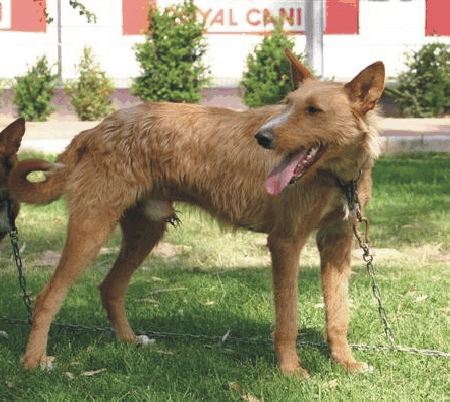 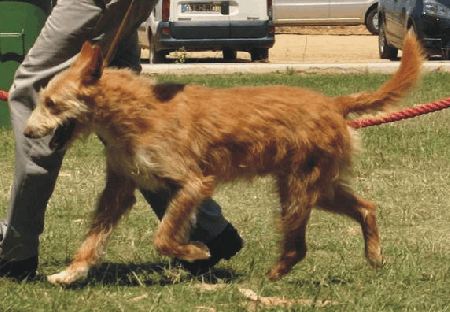 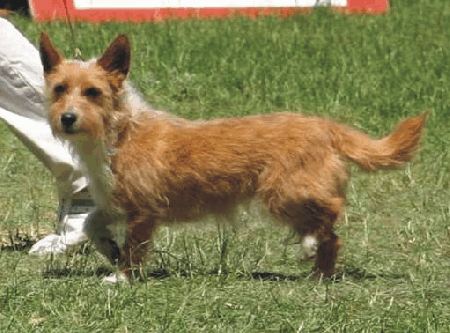
Podengo
Português
grande (left), medio (center) and pequeno (right) wirehair varieties.
All
Photos © Gaby Assmann, Germany.
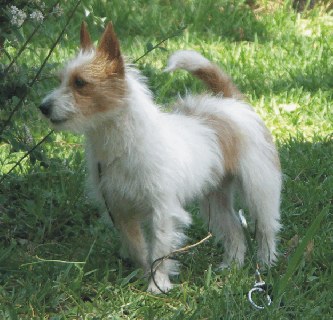 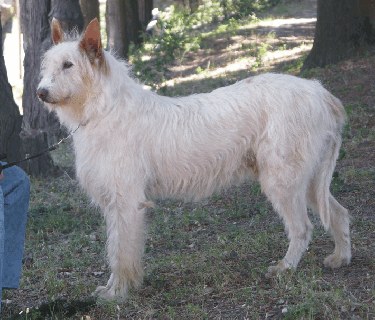
Podengo
Português
pequeno and grande wirehair © Carla Cruz, Portugal
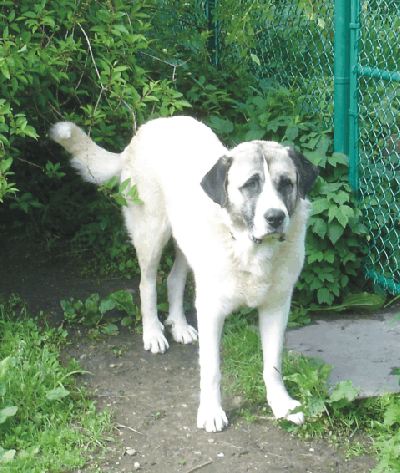 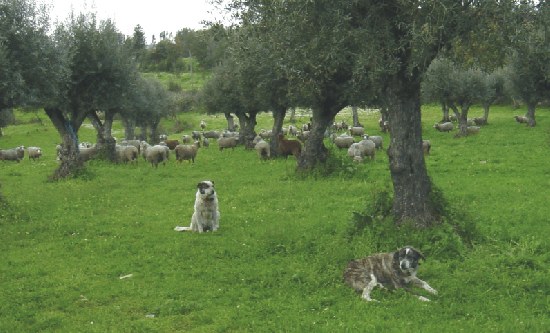
Rafeiro de Alentejo
(Alentejo
Shepherd Dog) © Jerzy E.Henisz, USA
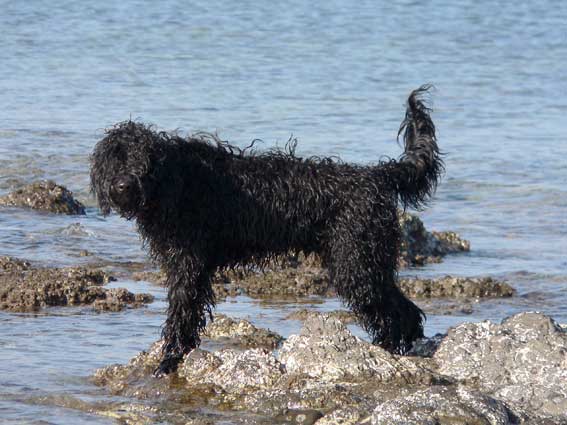
Cão de
Água
Português (Portuguese Water Dog) © Yalçin Savas
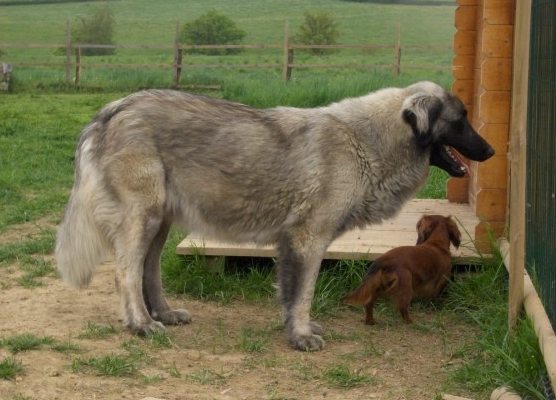 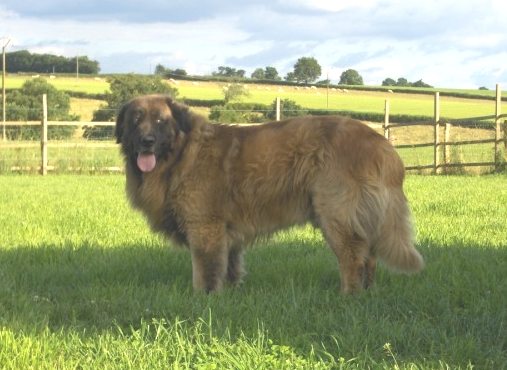
Cão de Serra
Estrela
(Estrela Mountain dog) longhaired © Martins-Gomes, D'Estrelboss,
France
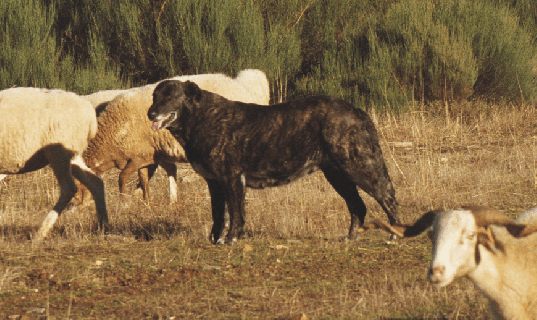
Cão de Serra
Estrela
(Estrela Mountain dog) shorthaired © Carla Cruz, Portugal
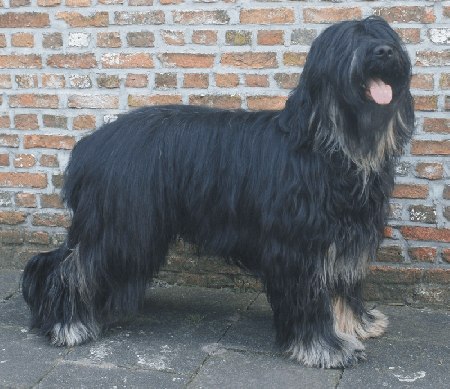 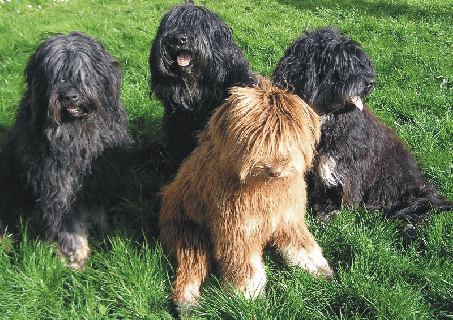
Cão da Serra
de Aires
(Portuguese Sheep Dog) © Lydia Garreaud, Des Gardiens de La
Houlette,
France
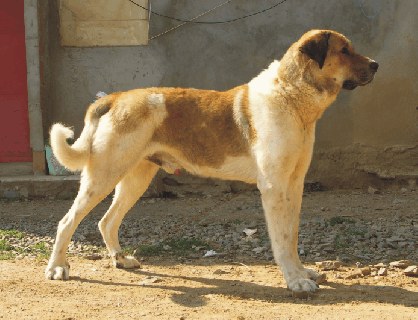 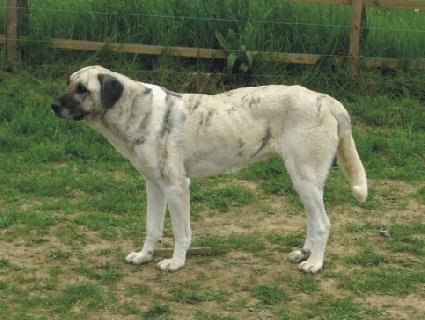
Cão de Gado
Transmontano
(Transmontano Mastiff)
Left:© Carla
Cruz,
Portugal. Right: © Martins-Gomes, D'Estrelboss, France
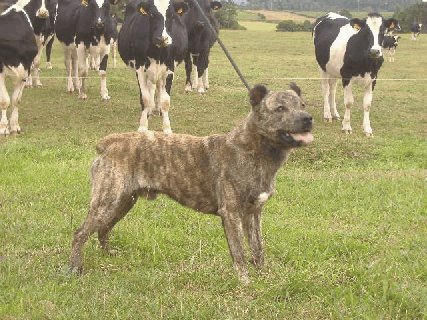 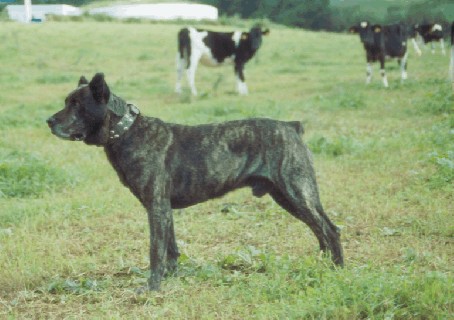
Cão de Fila
de São
Miguel (Azores Cattle dog) with cropped ears
Left: © R.
Medeiros
Teixeira, Casa Da Praia, Azores. Right: © Carla Cruz, Portugal
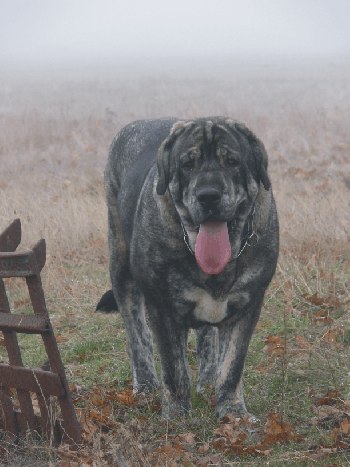 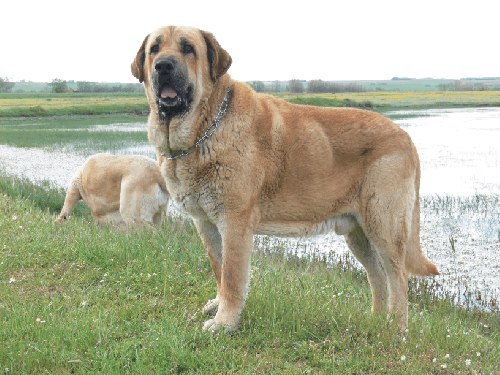
Mastin
español (Spanish
Mastiff) © Baltasar Redondo, Los
Payuelos Spain
ABOUT
THE
AUTHOR |

